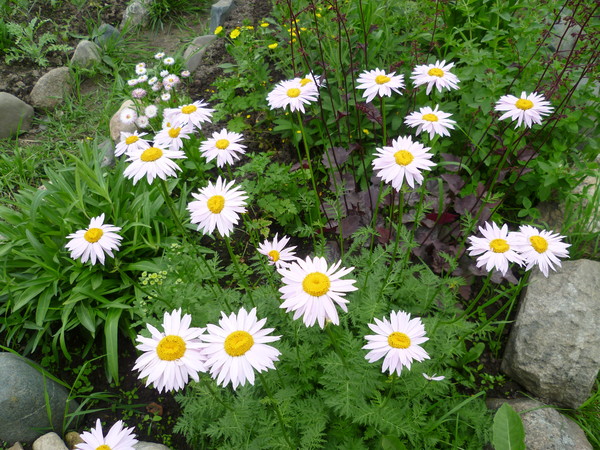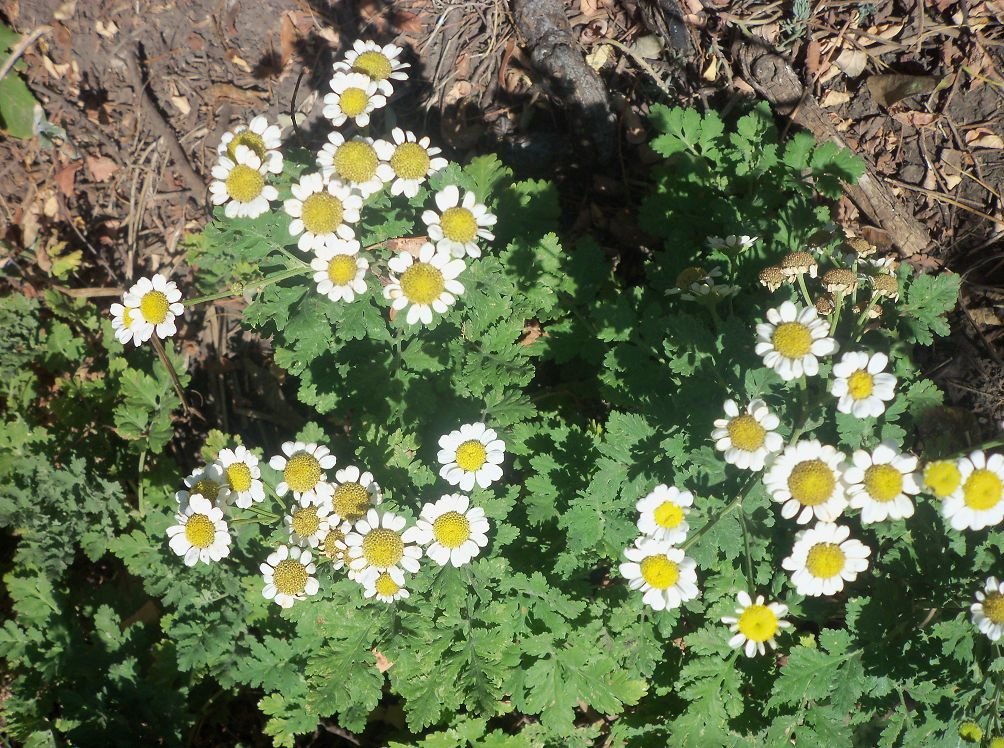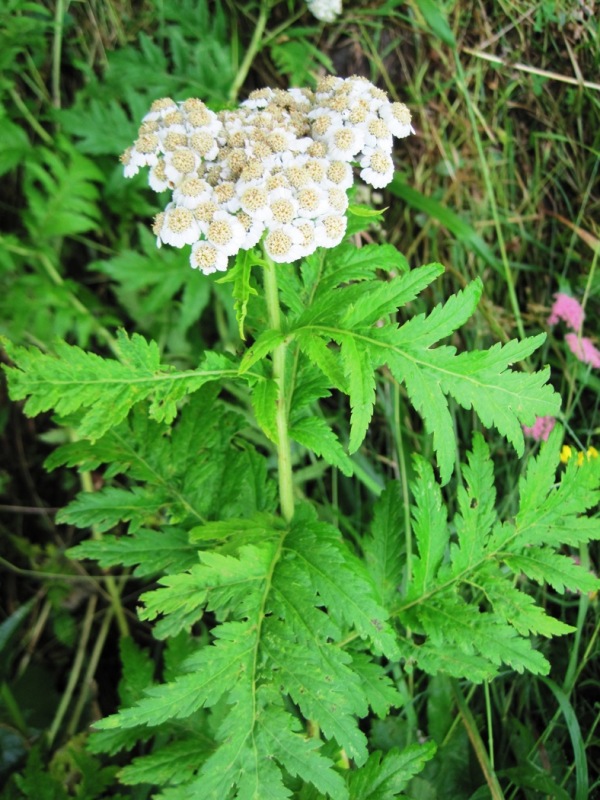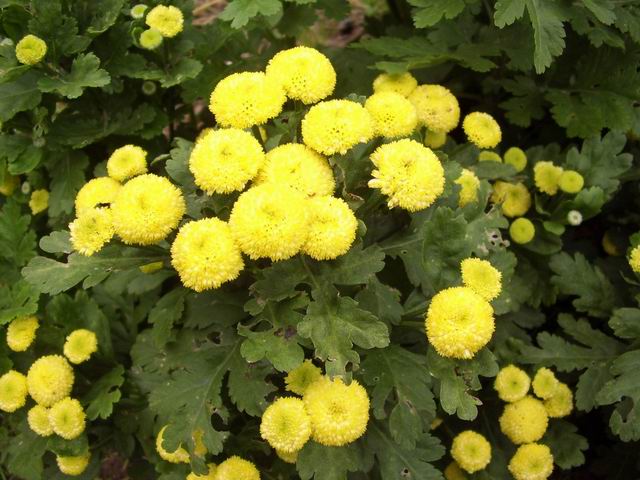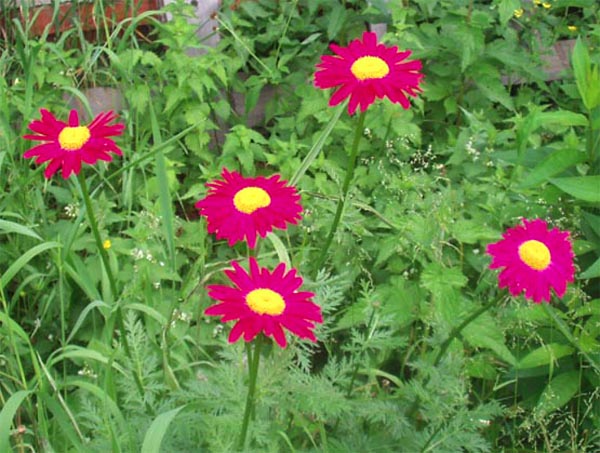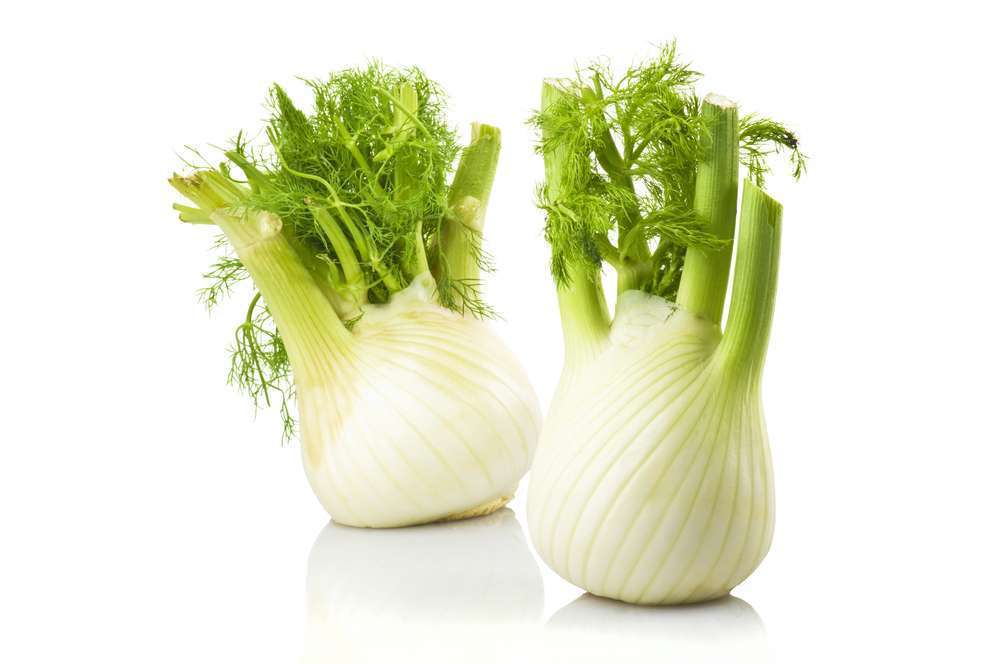Feverfew rightfully decorates the front garden. The flower is liked not only by gardeners, but also by all connoisseurs of beauty.
Description
Pirethrum belongs to herbaceous perennials from the Asteraceae family.
Translated from Greek, Pyretos means fever, fever. The active ingredient is parthenolide, which is contained in the culture, and has medicinal properties. Its action has been compared to aspirin.
In the common people, the plant is called a popovnik, or chamomile.
There are more than 100 varieties of pyrethrum that grow in the vastness of Eurasia and the North American continent.
The stalk of feverfew is erect, branched, slightly pubescent. The leaves are arranged in order, dissected. Lonely baskets, which represent inflorescences, are collected in the form of a shield. The marginal flowers are ligulate, snow-white or pinkish, with different tints, to dark red; in the center are tubular, small, yellow. Lush flowers resemble asters or gerberas. The achene fruit is distinguished by a pale brown color, 5-10 ribs and a lobed or serrated crown. Up to 400 pieces are contained in 1 g of seed, germination is maintained for 3 years.
Planting pyrethrum in open sunny flower beds with loose soil is responsible for the development of culture. Plants like partial shade. Feverfew is frost-resistant.
Methods for breeding feverfew:
- seeds;
- cuttings;
- division.
When using the seed method, seedlings are expected after 10-14 days. In the southern regions, the plant will delight with flowering in autumn. But feverfew has small flowers for the first year, but each next season their charm will not leave indifferent neighbors.
In the south, a perennial plant is not covered for the winter. In severe cold conditions, it will be necessary to cut the crop, add mulch near the bush and cover with spruce branches. The operation is repeated in an unheated greenhouse. With the arrival of spring, the shelter is removed, loosen the ground near the outlet and feed with mineral fertilizer.
More than 50 varieties of pyrethrum are cultivated in the dachas. The decorativeness of pyrethrum falls on the arrival of the summer season. The flowering period of the culture is a month.
In feverfew, flowers represent a source of natural pyrethrin, which is highly toxic to insects. Dried flowers were contained in the famous Persian powder, which in the old days successfully fought against bugs and fleas. Today, the plant, due to its insecticidal property, is used to resist pests in the garden and vegetable garden. To prepare the product, you will need 1000 g of crushed green raw materials (along with flowers), into which 10 liters of cool vara are poured. Cover the dish with a lid and let it brew for 12 hours. Then the contents are filtered off and diluted with water in a 1: 3 ratio. The drug is used against harmful insects: thrips, spider mites, weevils, as well as nematodes and caterpillars. Effective treatment of livestock from parasites, including places of detention.
Types of pyrethrum
Persian chamomile, or feverfew pink
The plant has been grown in the Caucasus for over 200 years. The height of the pyrethrum is up to 60 cm. Baskets are single or consist of 2-3 pieces and are collected in inflorescences of pink shades. Many garden varieties are known as hybrid feverfew.
Persian chamomile, planted in the middle of a flower garden or in a group, looks spectacular and catchy. In a perennial that is worthy of the attention of summer residents, the petals are dark red.
For pyrethrum pink, a sunlit flower bed with loose moist earth is suitable. The culture is cold-resistant, tolerates frost.
Plant propagation is carried out by seeds and dividing the bush in the spring and at the end of the summer season. The plant requires regular feeding and watering.
Caucasian chamomile, or pyrethrum red
The plant grows naturally in the Caucasus mountains.
A distinctive feature of the Caucasian chamomile is its toxicity. Provides a deadly threat to insects, however, it is safe for warm-blooded animals and humans. Flowers have an intense red tone.
Interesting. Popular cultures of pyrethrum red with double inflorescences burgundy, pink, milky color.
Feverfew
The culture is native to southern Europe. Most users know chemist's chamomile, or matrix chamomile, firsthand. Chamomile matrix, or uterine herb, in Latin sounds like matrix and is translated as uterus, thanks to its medicinal properties and use in gynecology. In the Middle Ages, they were engaged in the cultivation of herbs in the gardens for the pharmacy. It was believed that the healing decoctions of feverfew of the maiden's matrix help during childbirth.
Later, the perennial aroused the interest of both flower growers and breeders.
The unpretentious culture has other names - maiden chrysanthemum, Turkish chamomile. The plant resembles a chrysanthemum in the form of carved leaves and aroma. The growth of low, highly branched bushes is 40 cm. There are numerous flower balls with a diameter of 2.5 cm. Terry varieties of chamomile tanacetum are in demand.
Reproduction of Turkish chamomile occurs by self-sowing, it is characterized by vitality and unpretentiousness in care.
It grows on any soil, except sandstones. In hot weather, watering and weeding is required early in growth.
Pyrethrum scutellum
In the common people, the species is called chamomile. In another way, it is also called corymbose tansy. Grows in mainland meadows. The pyrethrum of the scutellum has strongly developed roots.
During flowering, many beautiful baskets are formed - up to 20, which cover the bush. Thyroid inflorescences are usually white in color. The culture does not have varietal varieties.
Dalmatian chamomile, or ash-leaved feverfew
The structure and color of the baskets resembles a chamomile due to the white edges and yellow core. A lot of natural insecticide is contained in ash-leaved pyrethrum. Dalmatian plants are used as raw materials for the production of Feverfew.
According to instructions, the drug will reliably protect pets and homes from parasites:
- cockroaches;
- ticks;
- ants;
- moth.
To decorate the site, a perennial plant is cultivated in the Far East and the south of the Russian Federation. The species is characterized by low frost resistance and demanding lighting.
Large-leaved pyrethrum, or Piretrum Macrophyllum
The perennial is distinguished by its impressive dimensions - up to 150 cm tall. Small white flowers are collected in large shield-shaped baskets with a diameter of 10 cm. Upon completion of flowering, the color of the plant acquires a reddish tone.
Looks great in plantings with decorative cereals.
Popular varieties
Scarlet star
Pyrethrum Scarlet Star is a spectacular perennial plant that grows up to 0.75 m. The diameter of the inflorescences is 12 cm. The tubular buds have a yellow color, the reed ones are intense red.The star is used for group plantings and for soloing in the front garden, as well as for cutting.
Pairs well with:
- roses;
- delphinium;
- bells.
Care
Feverfew responds to feedings. The plant is not grown for more than 4 years in a row on the same bed due to the growth of bushes and weakening of flowering.
Pros of the plant:
- unpretentiousness;
- compatibility with other perennial crops;
- burgundy ebb of petals.
Comedian
Pyrethrum Comedian is a hybrid with lacy foliage and colorful flowers. The erect peduncle reaches 0.8 m. The inflorescences of the baskets are 7 cm in diameter. The tubular flowers of the Comedian have a rich yellow tone, the reed buds are juicy, red in color. Plants are used for garden decoration and flower arrangements.
Care
For culture, fertile soil and a lighted space are preferable. She does not tolerate waterlogging. Cover slightly for the winter.
When aphids attack, they process bushes:
- soapy water;
- tobacco dust;
- infusion of wormwood.
Use commercially available insecticides.
Golden ball
The culture belongs to a variety of maiden feverfew. The decorative perennial is cultivated as an annual plant in Russia. The stems grow up to a maximum of 25 cm. The double baskets of the Golden Ball have a diameter of up to 4 cm. The culture is suitable for solo in the garden or planting in a group, cutting. Looks original in bouquet arrangements. Feverfew has a delicate aroma.
Care
The plant loves loose, drained soil and location in the sun. The pinch of culture is ramified. In drought, feverfew is watered. Complex feeds are introduced before budding.
Slugs sometimes attack maiden feverfew. They are easy to notice, in addition, specific lesions on the leaves indicate their presence. Collect pests by hand or use chemicals. Attracting hedgehogs and birds to the garden area will help out in the battle with slimes.
Harmony
The growth of pink pyrethrum reaches 70 cm. The plant has large crimson flowers, the diameter of which is 10 cm. Harmony is suitable for solo and in a group in a flower bed. Flowering periods are long: the second decade of June and until the beginning of August.
Care
Seedlings are the best way to grow pyrethrum. Sowing material is planted in March-April, buried by 3 mm. The pick is carried out in individual glasses. Landing on a permanent site is carried out in May. Planting scheme - 25 x 30 cm. Saplings tolerate light frosts, adults at -4 ° C.
Paradise
Plant height - up to 80 cm. Purple and pinkish inflorescences differ in size and reach a diameter of 10-12 cm. They are used for dacha decor in mixborders.
Care
Paradise loves open sunny and semi-shaded front gardens.
Grown by seed or seedlings.
For feeding, mineral and organic fertilizers are used. Plants are not fed with nitrogen, otherwise pyrethrum will bloom poorly and actively grow greens.
Robinson's Giants
Pyrethrum red is especially distinguished by Robinson's Giants, which reach 80 cm in height and have powerful baskets with a diameter of 12 cm. Robinson's pink and carmine reed buds will delight you with flowering in the second decade of June. Robinson giants are irreplaceable for group plantings, bouquets, discounts.
Care
They respond to feeding with organic matter - rotted manure. In dry weather, water regularly. Tall bushes need tying up.
Pyrethrum terry white
A distinctive feature of the plant is densely doubled flowers with a diameter of 5 cm. The growth of white pyrethrum is 0.5 m. Flowering begins with the arrival of summer and continues throughout July.
Care
Prefers to grow in the sun and in partial shade, frost-resistant, not susceptible to phyto-diseases, responsive to feeding.
When breeding feverfew, planting and leaving, novice gardeners do not have to make every effort. An undemanding plant will thank its owners with beauty and charm. This is not only an amazing flower, but also an effective pest control - that's what feverfew is for the garden.
